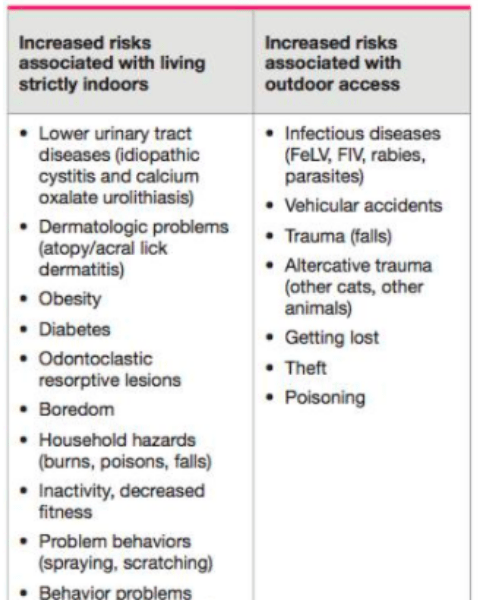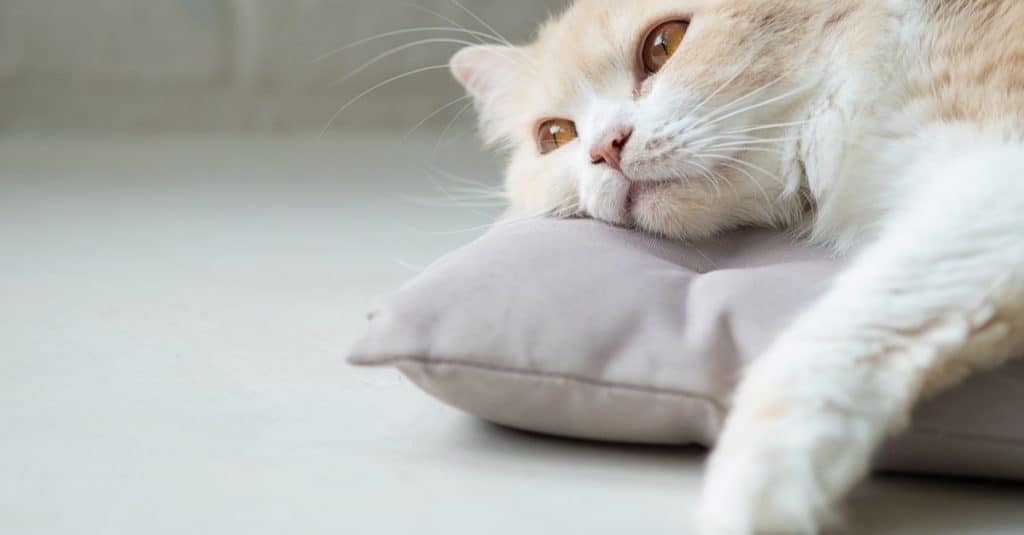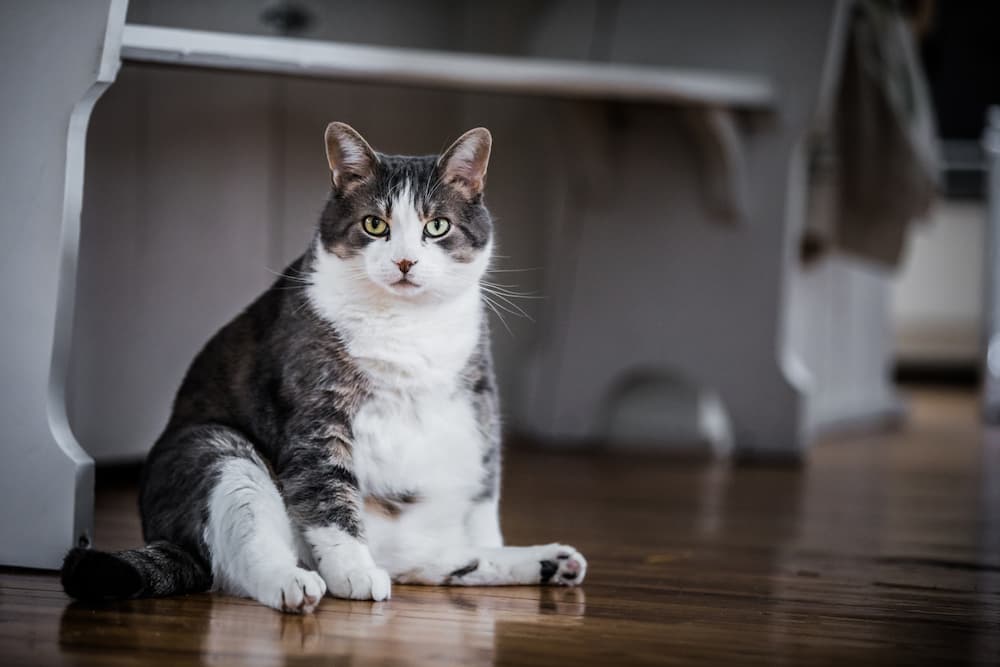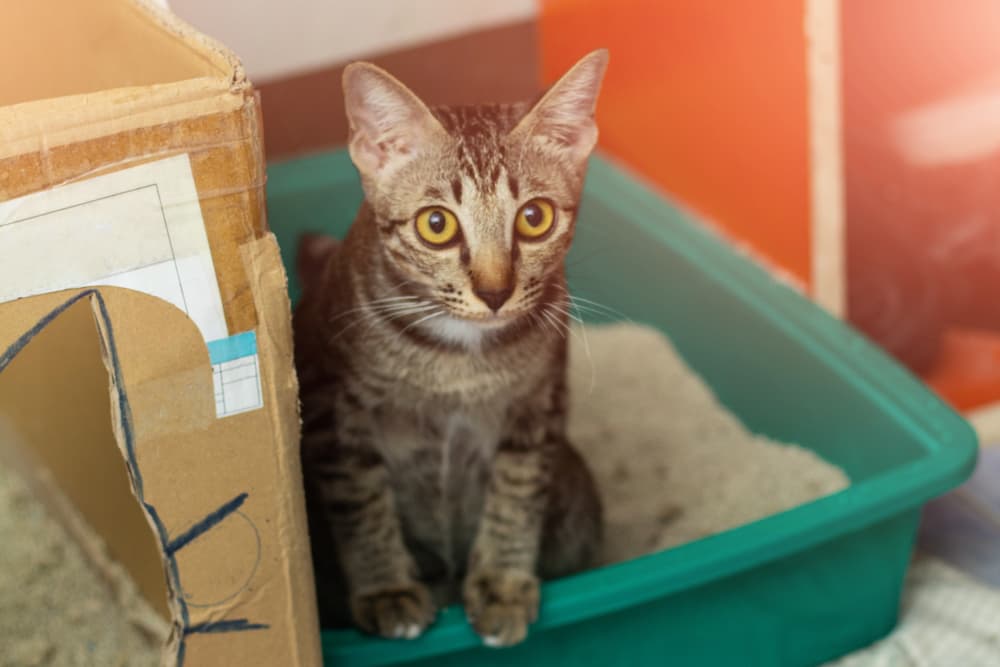Most of us keep our cats indoors only. It is much safer. Informed cat parents know that there are many threats to our cats outdoors, like cars, infectious disease, and predators, that significantly reduce the lifespan of cats who spend time outdoors. But, new information is emerging about the health risks of an indoor-only lifestyle. Scientists and veterinarians are calling this emerging condition “Indoor-osis.”

Indoor-osis is the syndrome of diseases seen in cats that live a life completely indoors. These diseases include urinary tract disease, obesity and behavior problems. Behavior problems can be the deadliest of all. Behavior problems are the number-one reason people surrender their cats to shelters, and many of those cats don’t find new homes.

What is causing Indoor-osis? Stress.
Things that are stressful to you and me are different than what is stressful to a cat. Our human homes are not meeting our cat’s needs. When cats go outdoors, they can fulfill these needs for themselves and reduce their stress. Indoor only cats do not have this option.
Let us be completely clear. Veterinarians still recommend an indoor-only lifestyle for cats in urban and suburban areas. The solution is not to put them at risk outdoors, but to bring indoors what our cats need to be happy and healthy. When we meet our cats needs in our homes, we reduce the risk of Indoor-osis.
Preventing Indoor-osis
1 – Indoor cats are bored. Endless days filled with boredom are making our cats stressed and sick. In nature, cats spend 80% of their waking hours hunting for food. Cats are solitary hunters that hunt and eat alone. They have an innate need to hunt, catch, and play with multiple small meals every day–not eat from a bowl.
How a cat eats is just as important as what a cat eats. Giving cats the ability to hunt for their food in the house is part of the cure for indoor-osis. We can re-create this experience and the benefits that hunting provides, with indoor hunting feeders. Some cats need time to adjust, so please be patient if they take some time to get used to this new method of feeding. In the end, you’ll both like it better.
Cats that hunt for their meals indoors are losing weight, and are seeing improvements in urinary disease, and behavior problems.
2- Cats need play and activity that simulates predatory behavior. They like short bursts of high energy play that engage their predatory instinct. Give your cat 5-10 min of your undivided attention a couple of times a day – no need for marathon sessions.
Try fishing pole toys and re-create the movements of mice and birds, starting near your cat and moving away from them – giving your cat the opportunity to chase, stalk and pounce on the toy. Always end play sessions by letting your cat “catch” their prey and then give them a small food reward. This lets them know that the play is over, and they can relax.
3- Cats need places to climb, hide and rest. They find these for themselves outdoors but are very limited by the way we furnish our homes. In the rooms where your cat spends the most time, add cat trees, climbing shelves, and beds for your cat to relax in. Your cat needs a safe place and uninterrupted time to rest. If you have multiple cats, you need at least one for each. Competing over resources is very stressful for your cats.

4- Litter boxes. Outdoors, the world is a giant, clean litter box. Cats choose to communicate or hide, with the scent of their feces and urine. We bring them indoors and limit their options. Now, imagine having only a tiny, dirty bathroom to use that is located in a scary place. That is stressful! Lots of cats feel that way about their litter box options in our home. Veterinary science tells us that cats…
- prefer large litter boxes (1 ½ times the size of your cat from the tip of the nose to the base of the tail.)
- need a clean litter box, so scoop twice a day.
- need a quiet, safe location for their litter box – not near household machines that make intermittent noise like washing machines and heaters.
- Need one more litter box than the number of cats in the house. These litter boxes need to be in different locations, not right next to each other. So, if you have 3 cats, that means 4 litter boxes in 4 different locations.
Now we know that indoor life is not risk-free. Cats are safer but can be sicker indoors. It is time to make some simple changes to give cats what they need to thrive in our homes, and end Indoor-osis.
For more cat health and wellness information, check out www.TheCatvocate.com.
 Dr. Liz Bales, The Catvocate, is a practicing veterinarian with 18 years of experience. Dr. Bales has a strong interest in feline wellness and behavior. She believes that by understanding the natural state of the cat we can create an indoor environment where cats thrive and our bond with them grows.
Dr. Liz Bales, The Catvocate, is a practicing veterinarian with 18 years of experience. Dr. Bales has a strong interest in feline wellness and behavior. She believes that by understanding the natural state of the cat we can create an indoor environment where cats thrive and our bond with them grows.








